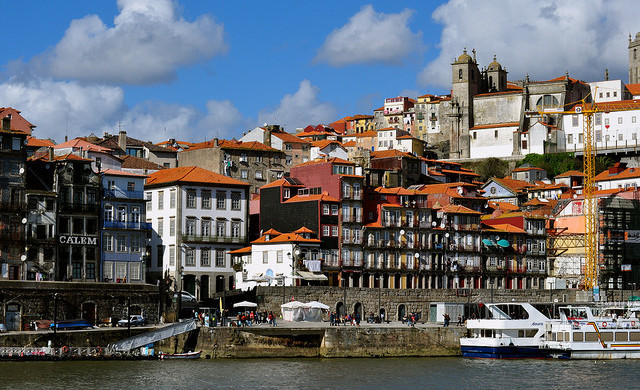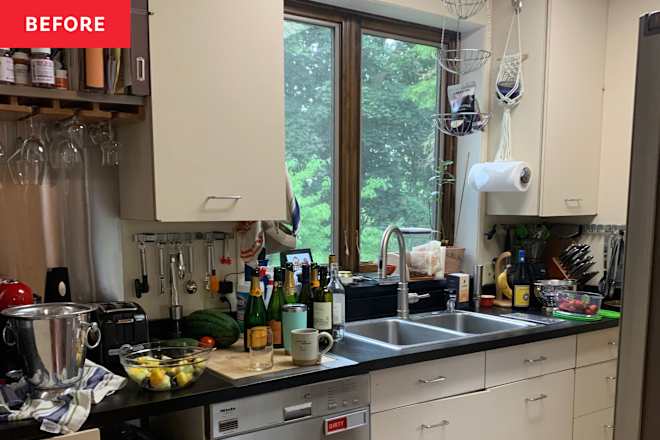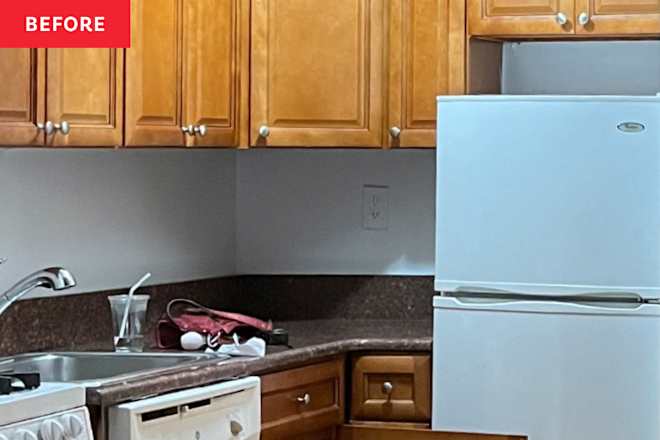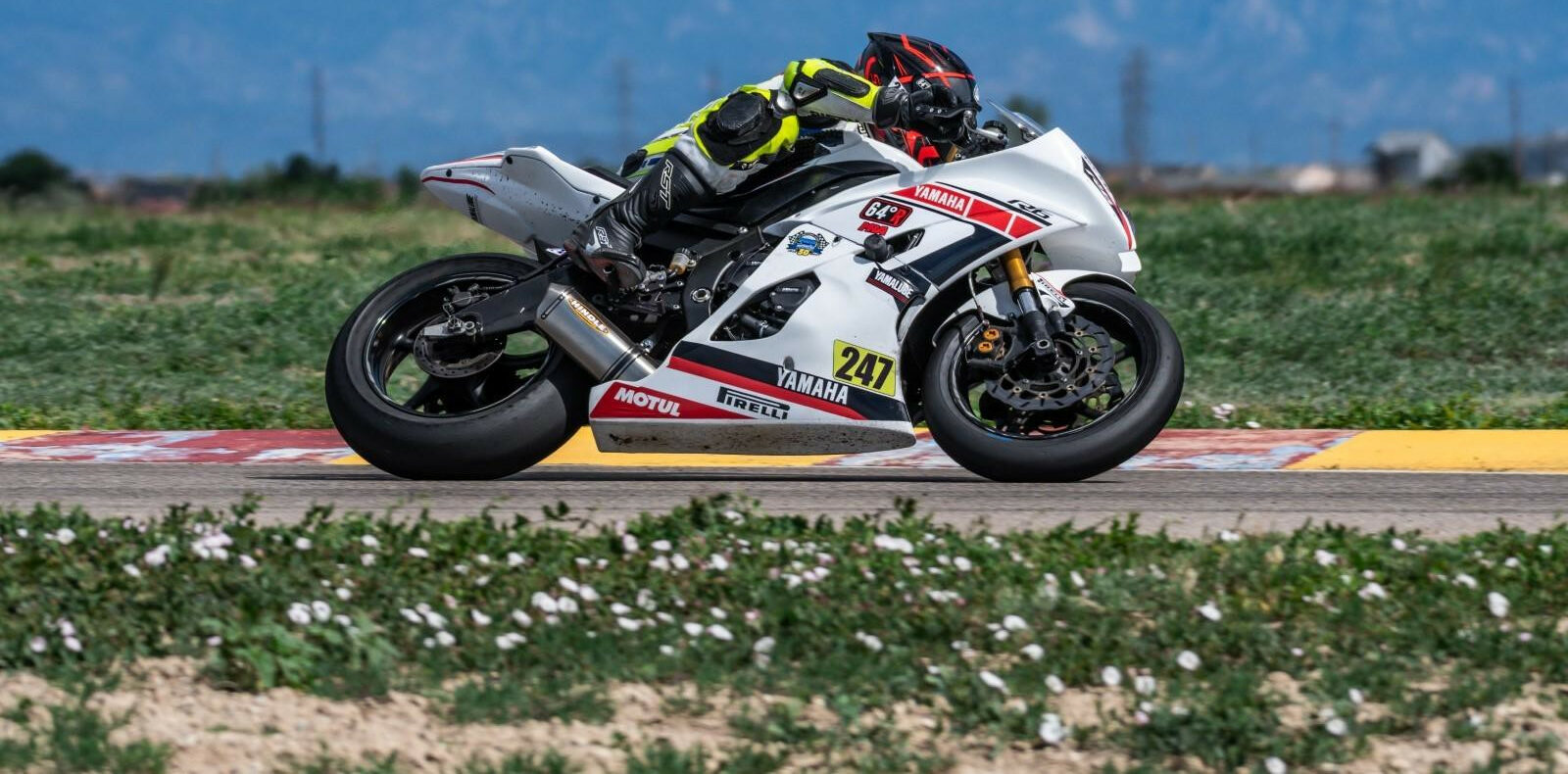Why There’s a 1957 Cadillac Encased in Concrete In a Chicago Parking Garage
This massive Cadillac has been set in stone for 55 years, and can be seen by anyone who walks past this Chicago parking garage. The post Why There’s a 1957 Cadillac Encased in Concrete In a Chicago Parking Garage appeared first on The Drive.

Drive past the open-air Campus North Parking Garage at 5525 S Ellis Ave, in Chicago, and you’ll spot a massive concrete sculpture shaped similarly to how a child draws a car. It’s quite literally a three-box sedan completely made out of concrete. Underneath the gray slabs lies an actual car, though, a 1957 Cadillac DeVille. It’s a bizarre sculpture, but one that was placed there after a painstaking effort to restore it. But why is there an old Caddy wearing a concrete coat in a seemingly random Chicago parking garage?
In 1969, German artist Wolf Vostell encased an Opel Kapitän in his hometown of Cologne, Germany. It was a form of performative protest art, as he basically buried his own car alive in a public parking space in front of the Art Intermedia gallery. Like a mob hit, Vostell poured the concrete into the form built around his car while it was still running, with the radio still playing music. This way, you could hear its muffled cries as the wet aggregate solidified around it, eventually snuffing it out.
Since it was in a public parking space, Vostell’s art was not only seen by many people, but it also interfered with and frustrated them, too. After seeing the artist’s concrete Opel, the then-new Museum of Contemporary Art in Chicago invited him to do the same. It was called “Concrete Traffic” and was built in the city’s River North area in 1970.



Since it was commissioned by an art museum, Vostell’s Chicago sequel wasn’t as much of a public nuisance. The wire, rebar-mesh, and wooden form were built around the Caddy in the commuter parking lot, after which the concrete was poured. But it was all done by a team of professionals. After a few months, both Vostell and the MCA gifted the concrete Cadillac to the University of Chicago, which moved it to an outdoor lot where it sat for forty years. Then, the Reva and David Logan Center for the Arts was built on that lot in 2012, so Concrete Traffic was moved to a warehouse.
It was at that warehouse that Dr. Christine Mehring, a specialist in 20th-century German art, found it. “I just giggled and laughed,” Mehring said upon seeing the entombed car in a documentary about Vostell’s Caddy. “I was on the verge of tears. It was a huge moment.”
From 2012 to 2016, the concrete Cadillac was comprehensively restored. Forty years of Chicago winters took their toll on its concrete structure, so it had received some patchwork repairs over the years, but that was part of the problem. The patches were not only done with a different kind of concrete, but they weren’t done well enough to prevent water from getting trapped between the new patches and the original masonry, so it rotted and began to fall apart. The car underneath was falling apart, too, as the windshield caved in, the tires went flat, and rust ate away at its chassis and suspension. So, automotive and concrete experts, as well as structural engineers, were brought in to help fix and restore the 16.2-ton piece of public art, while also preventing any future decay.
Now that it’s been brought back to life, you can see Vostell’s second murdered car as you stroll across the street from the Smart Museum of Art in Chicago. While you’re in the museum, you can learn about the stone car, the efforts to restore it, and Vostell’s other concrete work.
Got tips? Send ’em to tips@thedrive.com
The post Why There’s a 1957 Cadillac Encased in Concrete In a Chicago Parking Garage appeared first on The Drive.










































































